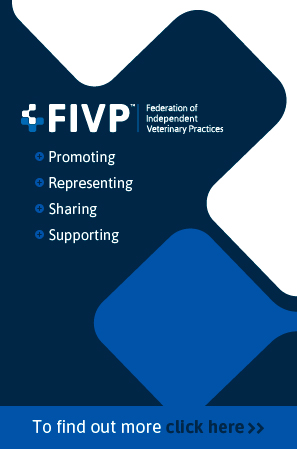Butterfly and moth genomes unchanged for 250 million years
New understanding about the evolution of butterflies and moths is expected to inform future conservation efforts.
An analysis of butterfly and moth genomes has revealed that their chromosomes remain largely unchanged since their last common ancestor, over 250 million years ago.
The findings highlight key insights into their biology, evolution and diversification, and could inform future conservation efforts.
Researchers from the Wellcome Sanger Institute, in collaboration with the University of Edinburgh, analysed over 200 high-quality chromosome-level genomes to understand their evolutionary history.
They identified a genetic stability across the samples, despite the diversity in wing patterns, size and caterpillar form across over 160,000 species globally.
They also discovered rare groups of butterfly and moth species which broke from these genetic norms, and underwent genetic rearrangements. This included chromosome fusions, where two chromosomes merge, and chromosome fissions, where a chromosome splits.
These findings highlight the constraints which govern the genome evolution of these ecologically vital insects. It also offers insights into the factors which enable some species to defy these rules of evolution.
New understanding about the evolution of butterflies and moths is expected to better inform future conservation efforts, supporting the creation of targeted strategies, monitoring of ecosystem health, adapting to climate change, and incorporating of genetic information into other conservation initiatives.
The work forms part of the Darwin Tree of Life Project, which aims to sequence all 70,000 species in Great Britain and Ireland.
It also contributes to ongoing studies, as researchers aim to identify the processes which drive the evolution of chromosomes in these diverse species.
Charlotte Wright, the first author of the study at the Wellcome Sanger Institute, said: “It is striking that despite species diversifying extensively, their chromosomes have remained remarkably intact. This challenges the idea that stable chromosomes may limit species diversification.
“Indeed, this feature might be a base for building diversity. We hope to find clues in rare groups that have evaded these rules.”
The full study can be found in the journal Nature Ecology and Evolution.
Image © Shutterstock



 With Strangles Awareness Week just around the corner (5-11 May), vets are being encouraged to share a survey about the disease with their horse-owning clients.
With Strangles Awareness Week just around the corner (5-11 May), vets are being encouraged to share a survey about the disease with their horse-owning clients.